Free Landlord Property Inventory Template UK (Word & PDF)
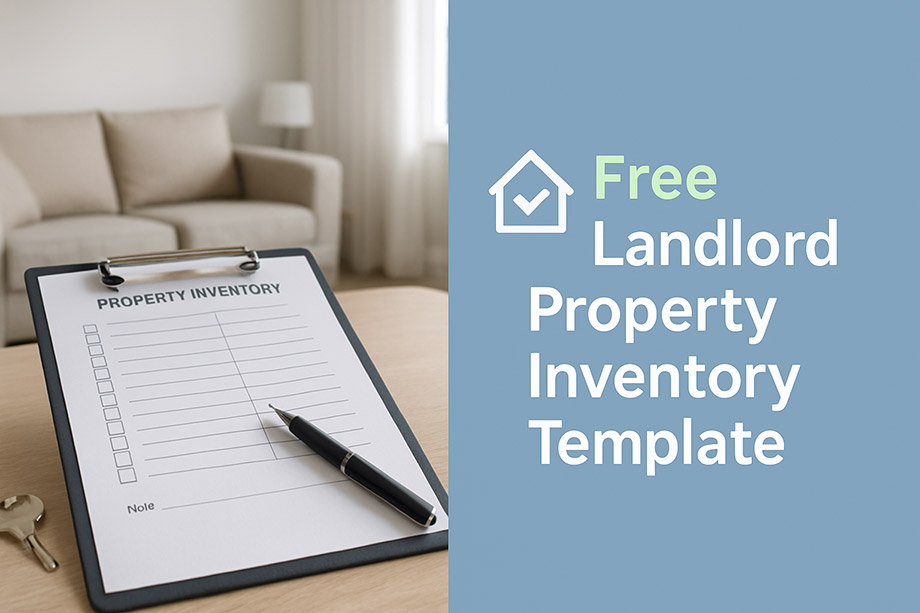
If you’re renting out a property in the UK, one of the smartest things you can do is create a property inventory. It might feel like extra paperwork, but having a clear record of what’s in your property and its condition can save you disputes and protect deposits.
This guide explains what a property inventory is, why it matters, and includes a free landlord property inventory template (Word & PDF download) to make the process quick and easy.
What Is a Property Inventory?
A property inventory is a written record of everything in your rental property, including furniture, appliances, and the condition of walls, floors, and fittings. It’s usually prepared at the start of a tenancy and signed by both landlord and tenant.
Later, it becomes key evidence if there’s a disagreement about damage or missing items when the tenancy ends.
Property Inventory vs. Schedule of Condition
These two terms are often confused:
- Schedule of Condition – focuses on the overall state of the property (walls, floors, paintwork, general wear and tear).
- Property Inventory – lists every item and its condition, room by room.
Our free landlord property inventory template combines both.
Why Do Landlords Need a Property Inventory?
- Protects deposits – proves the property’s condition at move-in.
- Avoids disputes – both sides agree on the state of the property upfront.
- Builds trust – shows professionalism and fairness.
- Provides legal backup – crucial if deposit disputes escalate.
- Makes move-out easier – no confusion over pre-existing damage.
How to Create a Property Inventory
Follow these steps:
How to Create a Property Inventory
List everything in the property (furniture, appliances, fixtures).
Describe the condition (e.g., “good,” “worn,” “damaged”).
Take photos of every room and item.
Record utility meter readings (gas, electricity, water).
Leave space for tenant notes to avoid disputes.
Sign and date, both landlord and tenant should keep a copy.
Sample Landlord Property Inventory Template (Example)
Here’s a sample entry you can copy and adapt for your property:
Property Address: 123 High Street, London
Tenancy Start Date: 1st October 2025
Tenant Name(s): John Smith
Landlord/Agent: Jane Doe
Living Room
- Walls: White paint – good condition, no marks
- Ceiling: Smooth, freshly painted – excellent condition
- Flooring: Grey carpet – good condition, slight wear near door
- Sofa: 2-seater fabric – good condition, no stains
- Coffee Table: Wooden, 90x60cm – fair condition, scratches on top
- Lighting: Ceiling light – working, lampshade intact
- Windows: Double-glazed, blinds included – good condition
Kitchen
- Walls: White tiled splashback – excellent condition
- Flooring: Vinyl – good condition
- Oven: Electric, clean – working order
- Fridge-Freezer: White, 2 years old – working order
- Cupboards: Wooden finish – good, minor scuff on lower unit
- Sink & Taps: Stainless steel – no leaks, clean
Bedroom
- Walls: Cream paint – good condition, no marks
- Flooring: Carpet – fair, small stain near wardrobe
- Bed Frame: Double, metal – excellent condition
- Mattress: Clean, no stains – good condition
- Wardrobe: Wooden, 2 doors – good, hinges intact
Bathroom
- Walls: White tiles – excellent condition
- Flooring: Vinyl – excellent condition
- Bath/Shower: White bath with mixer tap – good condition
- Sink & Taps: Ceramic – excellent condition
- Toilet: White ceramic – good condition
- Mirror Cabinet: Small, wall-mounted – fair, scratch on glass
Utility Readings (at Check-In)
- Gas: 02546
- Electricity: 18745
- Water: 00312
Signatures
Landlord/Agent: _____________________ Date: ________
Tenant(s): ___________________________ Date: ________
What to Include in Every Inventory
- Property basics (address, tenancy dates, names)
- General condition of walls, ceilings, flooring
- Room-by-room breakdown of items and condition
- Utility meter readings
- Photos attached where possible
- Space for tenant notes and signatures
Download Your Free Property Inventory Template
We’ve made it easy for you:
- Custom Template (Word) – fill it out for your property
- Printable Checklist (PDF) – ready-to-use for inspections
[Download Word Template]
[Download PDF Template]
Pros and Cons of Using a Template
| Pros | Cons |
|---|---|
| Saves money compared to hiring professionals | Takes time to complete thoroughly |
| Helps avoid costly disputes | Tenants must cooperate |
| Builds trust and transparency | Generic templates may miss small details |
| Provides photographic evidence | Needs updates when property changes |
What is a landlord property inventory?
It’s a document that records items in a rental property and their condition at the start of a tenancy.
Is an inventory legally required in the UK?
Not mandatory, but highly recommended. Deposit protection schemes often rely on inventories for disputes.
Who should sign the inventory?
Both landlord and tenant should sign and date it.
Can I do an inventory myself?
Yes, landlords can complete their own using free templates, or hire professionals.
Should I take photos?
Yes, photos provide vital supporting evidence alongside the written checklist.
Conclusion
A landlord property inventory isn’t just extra paperwork, it’s one of the best tools to protect both you and your tenants. By recording every detail at the start of a tenancy, you avoid disputes, protect deposits, and create a smooth move-in and move-out process.
Using our free landlord property inventory template UK makes it simple to get started. With space for items, conditions, utility readings, and signatures, it gives you a clear, professional record that holds up in case of disagreements.
Whether you’re a first-time landlord or managing multiple properties, taking the time to prepare a thorough inventory is a small step that delivers big peace of mind.
Download the template, walk through the property carefully, and make sure both you and your tenants sign off. You’ll thank yourself later.
Last Updated on September 4, 2025 by James Cartwright


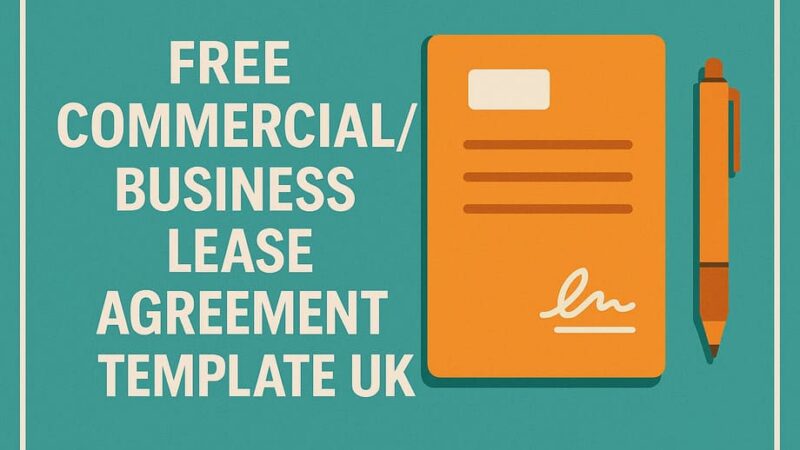
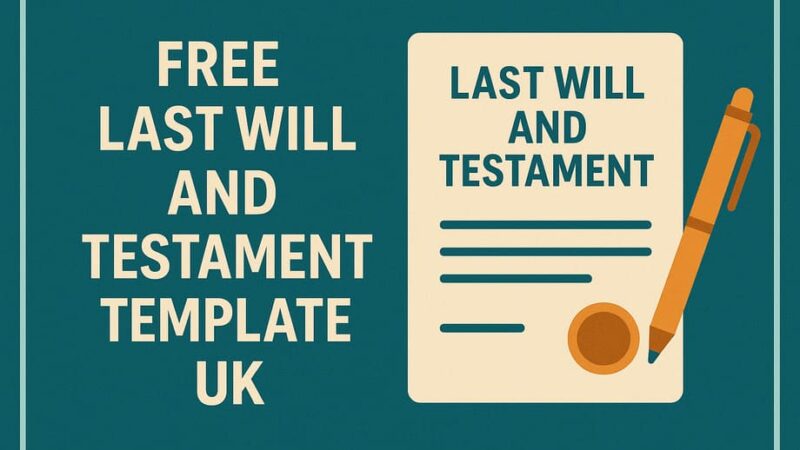
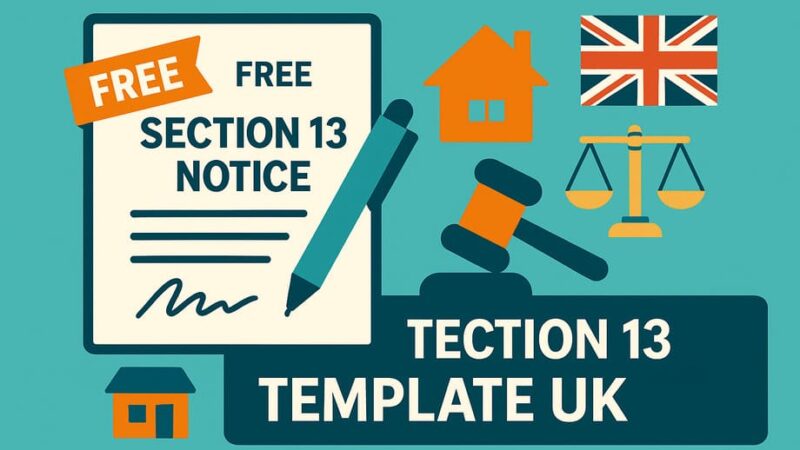
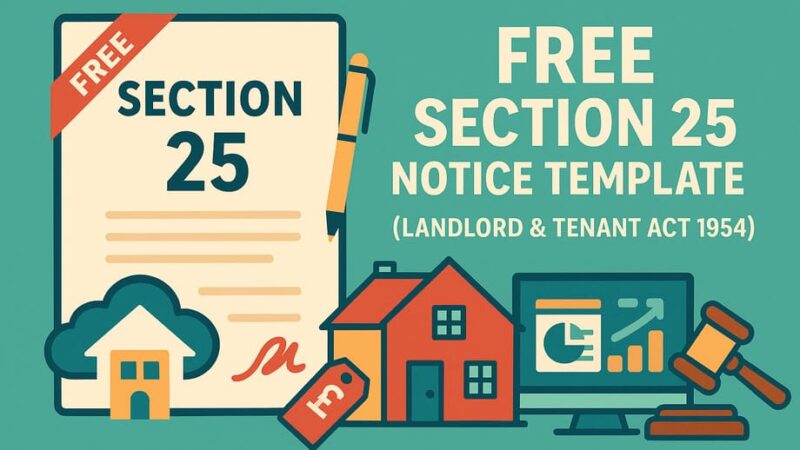
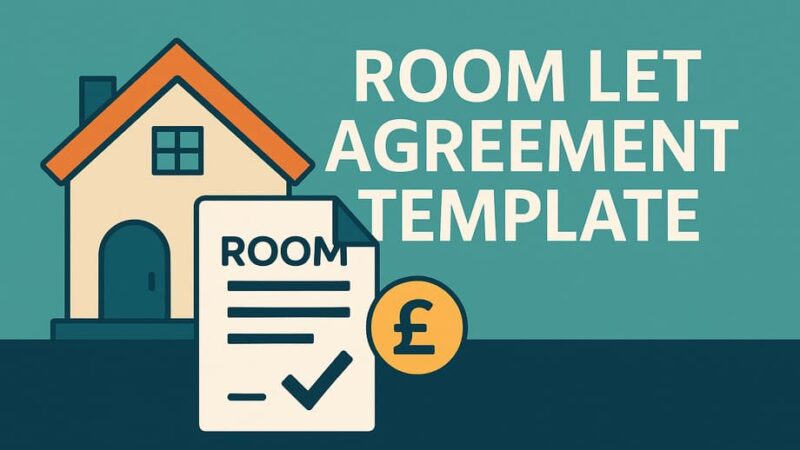
![Letter to Tenant for Late Rent Payment [Free Template] 7 Letter to Tenant for Late Rent Payment [Free Template]](https://www.yourpropertyblog.co.uk/wp-content/uploads/2025/08/letter-to-tenant-for-late-rent-payment-template-800x450.jpg)